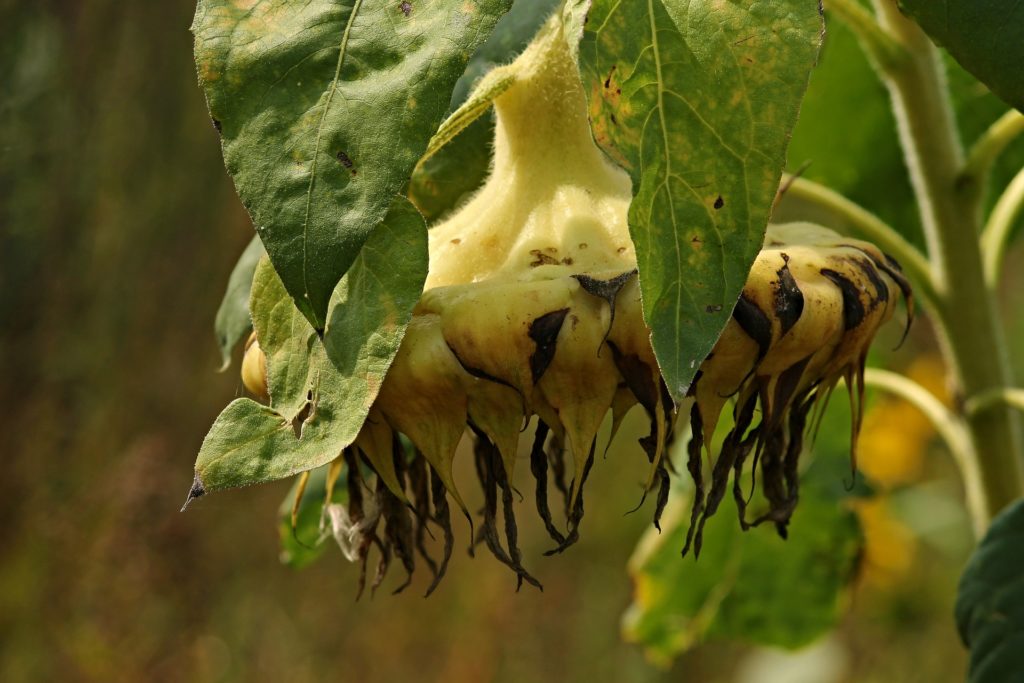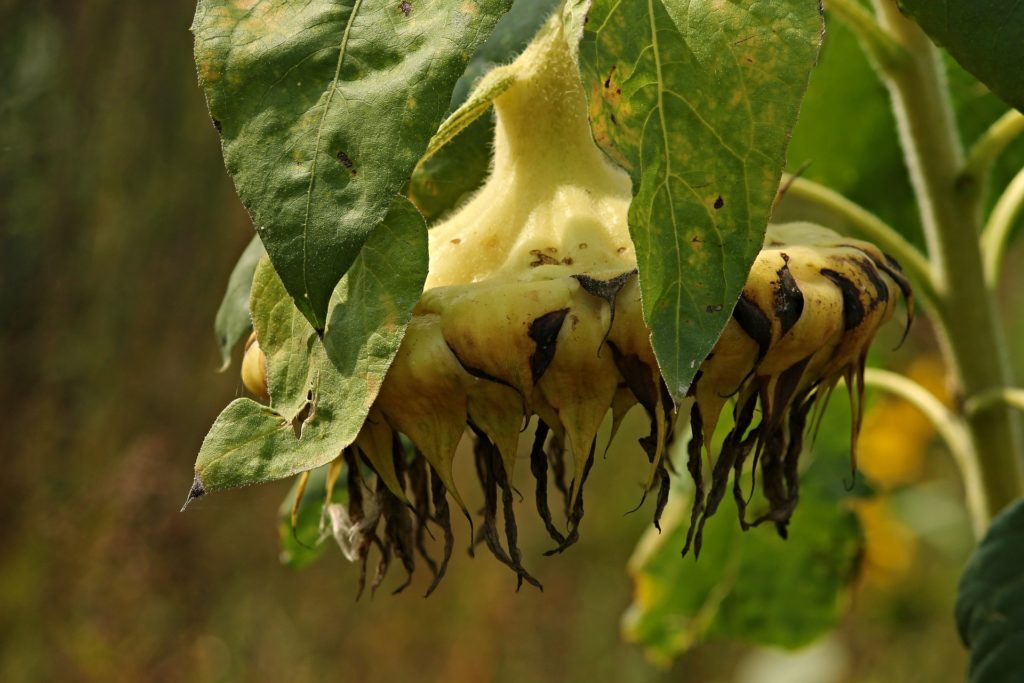The beguiling, sweet scent of citrus blossoms in your own four walls is usually expected from mechanical air conditioners, since full-grown citrus trees are a rarity in your own home. But luckily, nature came up with a creation of her own for this problem and it's called calamondin orange. With this delicate little tree you not only bring color into your home, but also lay the foundation for your own miniature plantation. Even if a year's harvest could not even fill your morning orange glass, the plant is still a real eye-catcher. You can find everything you need to care for fruity housemates here.
Appearance and origin: identikit of a miracle tree
The calamondin orange comes from distant China and is a naturally occurring hybrid. The tangerine (Citrus reticulata) and the kumquat (Fortunella margarita) crossed, resulting in a small-fruited, easy-care and robust citrus plant.
This combination has small, evergreen, oval leaves, which appear lush green on the upper side, while the side facing away from the sun is a rather reserved light green. In its natural habitat, the calamondin orange easily grows up to 8 m tall, but don't worry that your little friend will eventually outgrow you. These cultivated forms rarely grow taller than 1.5 m.
Flowers and fruits: make him stand out
In addition to its evergreen robe, the calamondin orange is adorned with its fragrant, five-petalled, white flowers. Unfortunately, the jewelry is not durable like the dress, all year round, but it always decorates your home from March to September. In the rarest of circumstances, your plant may be able to bear both fruit and flowers all year round.
It takes time for the sea of flowers to subside and bright orange fruits to emerge. This process can take three months, but the wait is rewarded with fruit the size of a table tennis ball. This fruit, about 3 cm thick, is eaten with the skin on, although it has to be said that this is what makes up the sweetest part of the fruit. The interior varies from sweet-sour to sour-bitter. It's more of a decoration combined with a room freshener than a commercial fruit tree.
But the fruit is still used in lemonade, jam and liqueur production in Southeast Asian countries. After all, the fruit is a good supplier of vitamin C, phosphorus, calcium and iron.
Tip: If you don't want to eat the fruits, you can leave them on the tree for a good month after ripening as a decoration, but pick them before they start to get moldy.

Location: You live where you stand
Like every citrus plant, the calamondin orange is a sun-loving plant. It prefers morning and evening sun, but the plant does not despise the blazing sun after a leisurely adaptation cure. The plant needs at least three hours of sun a day, otherwise it loses its leaves. You should therefore not only let the sunlight shine on one side, but also turn them from time to time so that each leaf can get enough sun. As far as the soil is concerned, our orange friend prefers to live in an acidic, water-permeable environment. It does not tolerate waterlogging at all and it signals a too high PH value with chlorosis. It also likes to put down its roots in substrates with 2/3 mineral and 1/3 organic components. However, you can also buy ready-made citrus soil, or he does not disdain rhododendron and compost-based soil.If you are not yet sure how the repotting process works, find out more under Repotting indoor plants correctly
Temperature: Moderate is better than extreme
In terms of temperature, the calamondin orange is not particularly demanding. In summer she is fine with normal room temperatures (19-21 degrees) and in winter she is perfectly happy with 5-15 degrees. Avoid dry heating air in winter, otherwise you will quickly have a few unwanted lodgers on your plant.

Pouring: A gourmet drinking
During the main growing season (March to October), the plant needs a moderate amount of water. It should only be watered when the top 3 cm are dry. In winter you should only water so much that the substrate does not dry out completely. Calamondin orange favors room-warm, stale and, above all, low-lime water for drinking. So prefer rainwater or distilled water to allow your plant to grow healthily. If you are still looking for advice on the subject of watering, you are welcome to find out more under Water house plants correctly and your green friends will no longer have wet feet.
Tip: In order to handle the drainage, water supply and humidity with minimal work, fill the saucer with pebbles so that the pot is not directly in the water after watering.
Put crushed pine cones or pottery shards at the bottom of the pot for better drainage.

Fertilize: My fertilizer cure
In the period from March to October, your little tree needs a lot of energy. You can add this every 2-8 weeks with potassium-rich complete fertilizer, urea or ammonium sulphate. In the rest phase, however, he then no longer needs anything.
Tip: if you want to eat the fruit, use organic fertilizer.
Pruning/Propagating: The cornerstone of your own plantation
The calamondin orange is primarily propagated by top cuttings in a warm, humid environment. The advantage of cuttings compared to orange seedlings is that they bear fruit again after just 4 years. If you grow the tree from a seed, you have to wait 1 to 3 years longer for its fruit. You can prune your citrus tree throughout the growing season to make it bushier.
Pests: The Great Crawler
When the air is too dry or the substrate is too wet, the plant is often visited by red spiders ("spider mites"), scale insects and their friend the sooty mold. For more information on the subject of pests, go to Identifying plant pests - This helps against the 5 most common pests.
Our orange friend in three sentences
It is colourful, neither extremely demanding nor indestructible and with the right care a long-lasting companion. His great passion remains the sun and an always moist medium in which he grows well and happily. So if you want to keep a citrus plant in your own home that is small and easy to care for, then the calamondin orange is a perfect choice.
You can find out which other plants would like to join you and a calamondin orange and how you can transform your home into an urban jungle under Design your personal urban jungle.
.


















Leave a comment